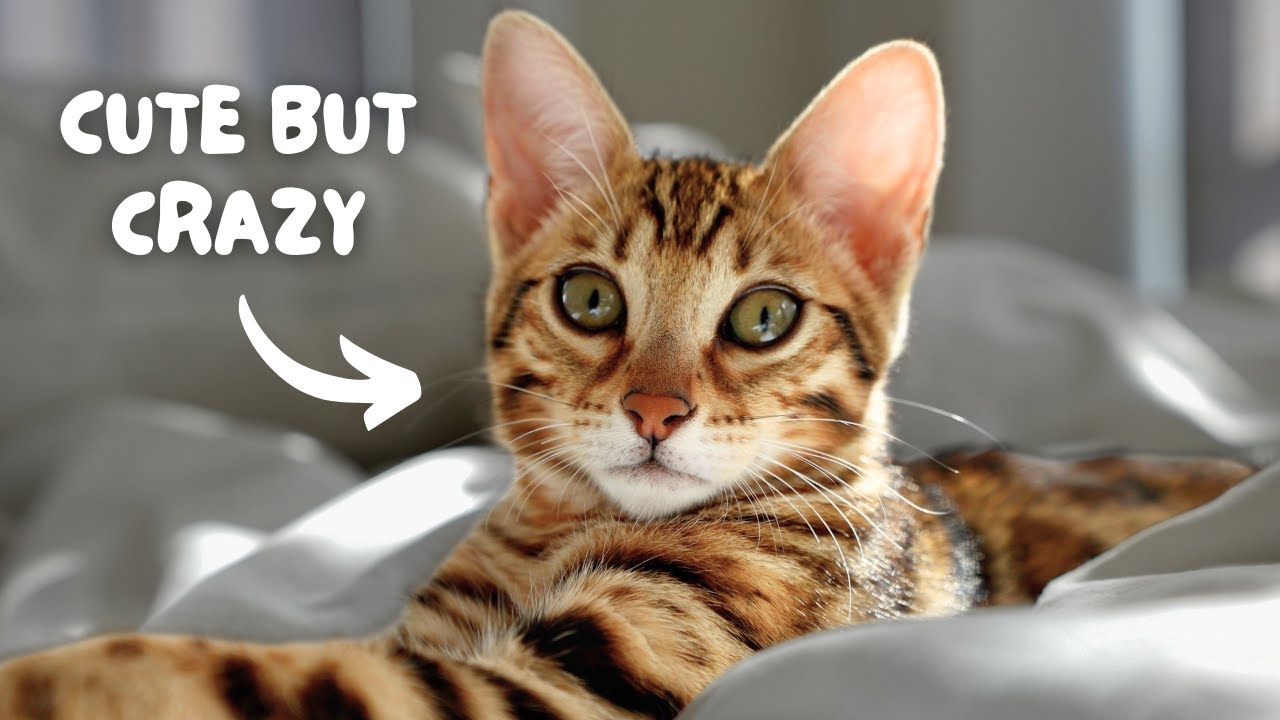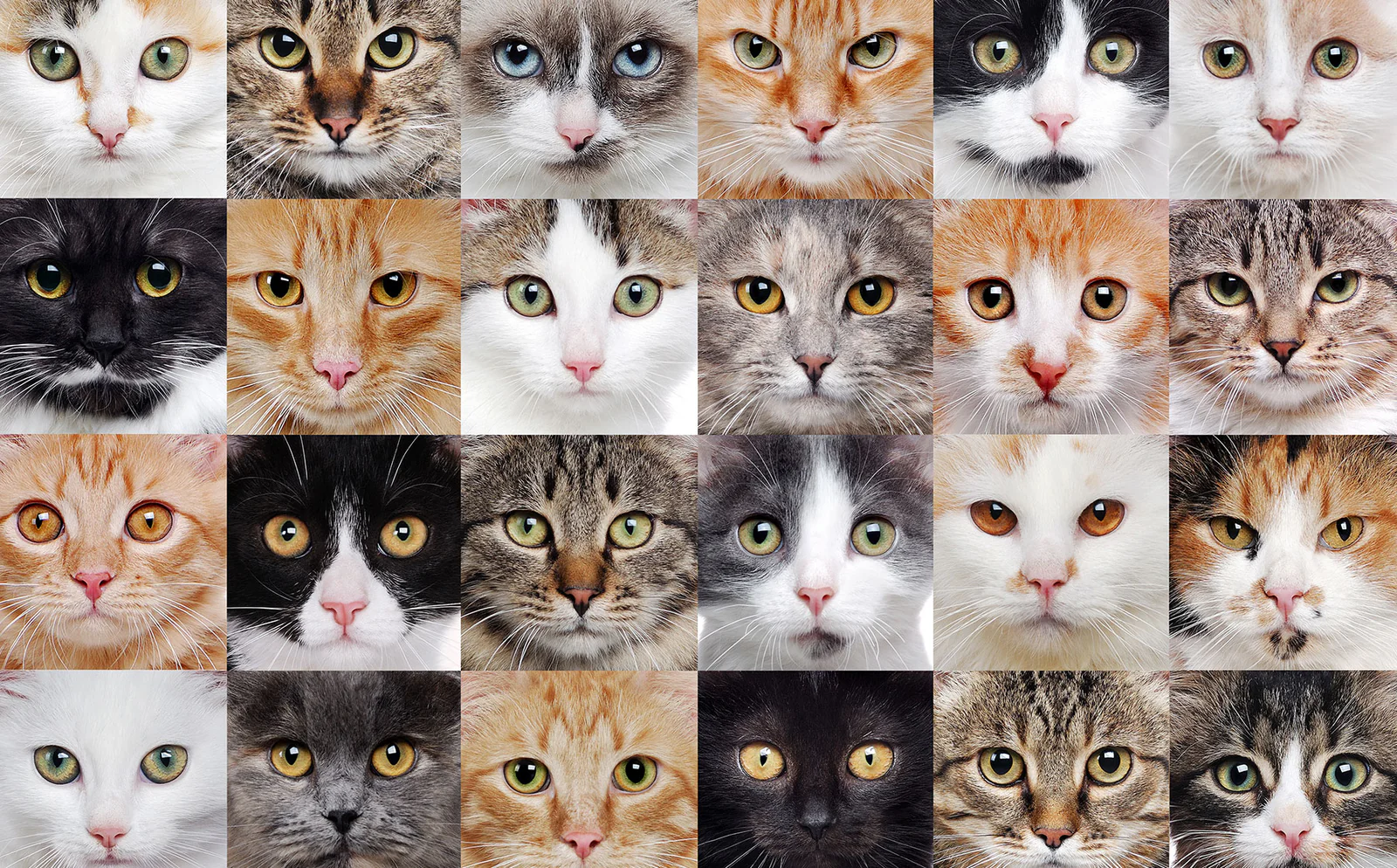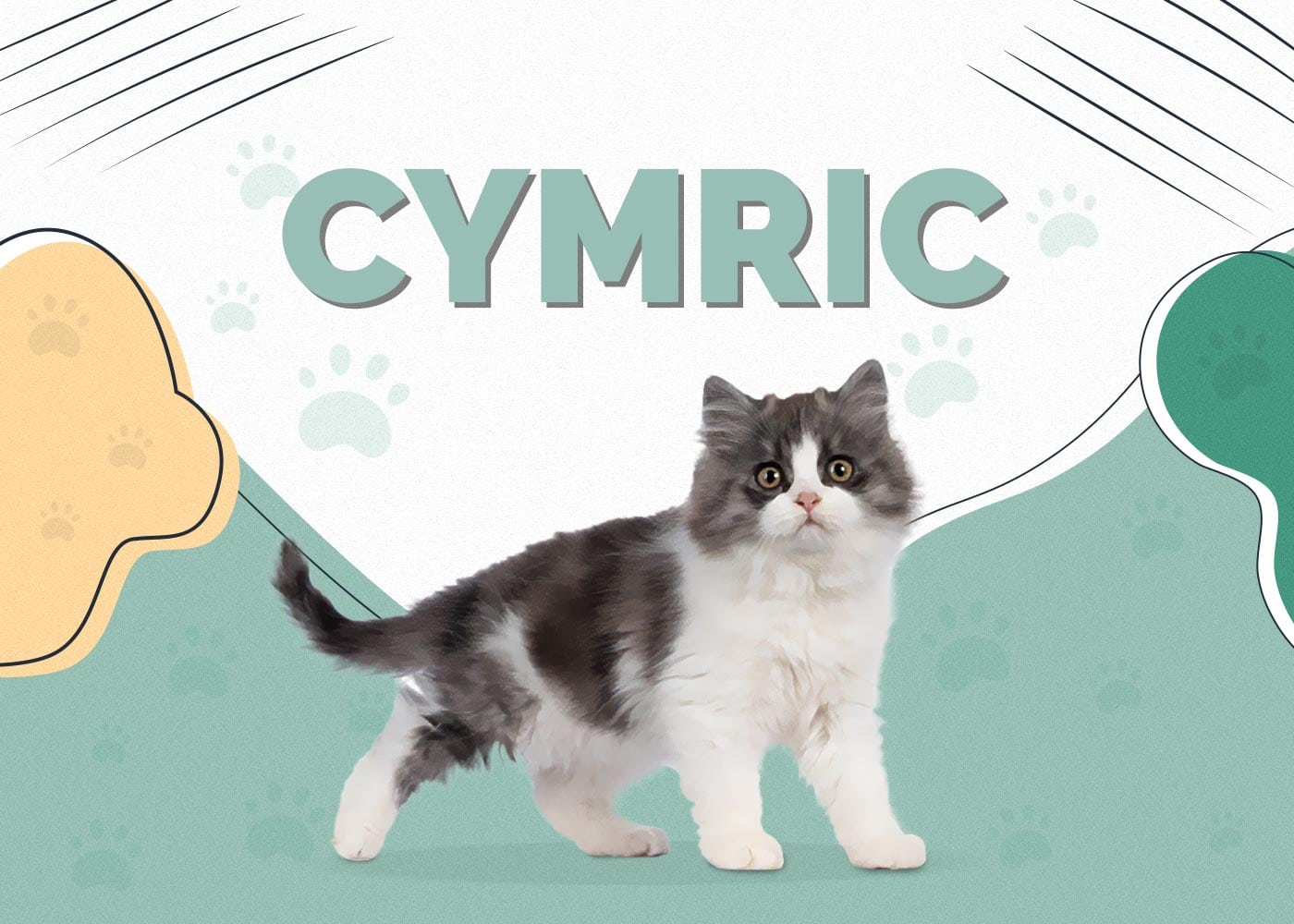Complete Guide to the Bengal Cat: Details, Training, Care, How to Choose, Pros and Cons, and Price
The Bengal cat is one of the most popular and exotic cat breeds, known for its striking appearance and active, playful personality. With their leopard-like spots and rosettes, Bengal cats look like miniature wild cats, but they are domesticated and make wonderful pets. Their unique beauty and dynamic personality make them a fascinating breed for many cat lovers.
In this comprehensive guide, we will explore everything you need to know about the Bengal cat, including its origins, characteristics, care needs, training tips, pros and cons, and pricing. Whether you’re considering adopting a Bengal cat or simply want to learn more about this incredible breed, this guide has you covered.
Bengal Cat: An Overview
Origins and History
The Bengal cat is a relatively new breed, with a fascinating history. It was developed in the 1980s by crossing the Asian leopard cat (Prionailurus bengalensis) with domestic cats, specifically the Egyptian Mau and American Shorthair. The goal was to create a domestic cat that resembled a wild leopard but maintained the temperament and traits of a domesticated cat. The Bengal cat’s stunning coat pattern, which mimics the appearance of a wild cat, is its most prominent feature.
In 1991, the breed was recognized by the International Cat Association (TICA), and since then, Bengals have become increasingly popular worldwide for their striking looks and energetic personalities.
Physical Characteristics
Bengal cats are known for their distinctive, beautiful coats that resemble the coat of a wild leopard. Here’s a closer look at their physical traits:
- Size: Bengals are medium to large-sized cats, with males typically weighing between 10-15 pounds (4.5-6.8 kg) and females between 8-12 pounds (3.6-5.4 kg).
- Coat: The coat is short but thick and dense, with a luxurious, soft texture. Bengals are famous for their distinctive spotted or marbled patterns, which are unique to each cat. The coat comes in various colors, including brown, silver, and snow.
- Eyes: They have large, almond-shaped eyes that come in shades of green or gold, contributing to their wild appearance.
- Ears and Tail: Bengals have small to medium-sized ears that are rounded at the tips, and their tails are thick at the base and taper toward the end.
- Body: Bengals are muscular and athletic, with a sleek, graceful appearance. They have long legs and a broad, powerful chest, reflecting their agility and strength.
Bengal Cat Personality and Behavior
Temperament
The Bengal cat has a distinctive and lively personality, which makes them stand out from other breeds. They are extremely intelligent, energetic, and curious. Here’s a breakdown of their behavioral traits:
- Active and Playful: Bengal cats are incredibly energetic and need regular playtime and mental stimulation. They are natural hunters and love to climb, jump, and explore. A lack of physical and mental stimulation can lead to destructive behavior, so it’s important to keep them engaged.
- Affectionate: While they are independent, Bengal cats form strong bonds with their owners and enjoy being around people. They are more likely to seek out attention than some other cat breeds.
- Vocal: Bengals tend to be more vocal than other domestic cats. They may “talk” to their owners by meowing or chirping, especially when they want attention or have something to say.
- Intelligent: Bengals are very smart and can quickly learn tricks, commands, and even how to open doors or cabinets. They require mental stimulation to stay happy and healthy, so puzzle toys, interactive games, and training sessions are a must.
Social Behavior
Bengals are social cats that enjoy interaction with their family members and other pets. They tend to get along well with children, other cats, and even dogs, especially if introduced properly. However, they may be a bit territorial, so early socialization is important to prevent issues with aggression.
Caring for a Bengal Cat
Bengal cats are relatively low-maintenance when it comes to grooming, but they do have specific needs that should be addressed to ensure their well-being.
Grooming and Coat Care
Despite their wild appearance, Bengal cats have a short coat that doesn’t require extensive grooming. However, regular care is still important:
- Brushing: To keep their coat shiny and free from shedding, brush your Bengal cat once a week. This helps remove loose hairs and prevents hairballs, especially if they have a dense coat.
- Bathing: Bengals do not require frequent baths, but occasional baths can help remove dirt and oils from their skin. It’s essential to use a cat-friendly shampoo and make sure the cat is comfortable with water.
- Nail Trimming: Trim their nails regularly to prevent them from becoming too long and sharp, especially if your Bengal enjoys climbing or scratching.
Diet and Nutrition
Bengal cats are active and have high energy levels, so they need a well-balanced diet that supports their active lifestyle. Here’s what to consider when feeding a Bengal:
- High-Quality Protein: Bengals require high-protein food to fuel their active bodies. Look for cat food that lists meat as the first ingredient.
- Wet and Dry Food: A combination of wet and dry food is recommended to keep your Bengal hydrated and to support their overall health.
- Portion Control: Since Bengals can be prone to overeating, it’s important to measure their food portions to avoid weight gain. Follow your veterinarian’s recommendations for feeding based on your cat’s weight, age, and activity level.
Health and Vet Care
Bengals are generally healthy cats, but they can be prone to certain genetic conditions, such as:
- Hypertrophic Cardiomyopathy (HCM): A heart condition that can be common in Bengals.
- Progressive Retinal Atrophy (PRA): A degenerative eye disease that can lead to blindness.
- Luxating Patella: A condition where the kneecap becomes dislocated.
Regular veterinary check-ups are essential to catch any potential health issues early. It’s also important to make sure your Bengal is vaccinated, microchipped, and spayed or neutered.
Training a Bengal Cat
Training a Bengal cat can be an enjoyable and rewarding experience, as they are highly intelligent and responsive to positive reinforcement. Here are some training tips:
Training Tips
- Start Early: Training works best when started at a young age. Early socialization and basic commands can make your Bengal more adaptable and well-behaved as an adult.
- Positive Reinforcement: Bengals respond well to positive reinforcement. Use treats, praise, and toys to reward desired behavior. Never use punishment, as it can damage the bond between you and your cat.
- Interactive Toys: Bengals love to engage in activities that mimic hunting. Use interactive toys like puzzle feeders or feather wands to keep them mentally stimulated.
- Training for Tricks: Bengals can be trained to perform tricks such as sit, stay, high-five, and fetch. Keep training sessions short and fun to maintain their interest.
Litter Training
Bengal cats are typically easy to litter train. Provide a clean, spacious litter box in a quiet area and ensure it is scooped daily. If you have more than one cat, provide additional litter boxes to avoid territorial issues.
How to Choose a Bengal Cat
When choosing a Bengal cat, consider the following factors:
- Reputable Breeder: It’s important to find a breeder who is reputable and responsible. A good breeder will provide you with information about the cat’s health history, including vaccinations and genetic testing.
- Temperament: Spend time with the cat before committing. Look for a Bengal that is friendly, interactive, and comfortable around people. Avoid cats that seem overly shy or aggressive.
- Health History: Ask for the cat’s health records, including vaccinations, vet check-ups, and any known health issues. A Bengal cat should be clear of genetic diseases and have no signs of illness.
- Age: While kittens are adorable, adult Bengals are often available for adoption and can make great pets too. Adult cats may be a better choice for owners who want a more predictable personality and temperament.
Pros and Cons of Owning a Bengal Cat
Pros
- Unique and Beautiful Appearance: Bengal cats are known for their wild appearance, with their striking coat patterns and muscular build.
- Intelligent and Trainable: Bengal cats are incredibly intelligent, making them easy to train and engage in interactive activities.
- Affectionate and Social: They are loving and form strong bonds with their owners. They enjoy interacting with people and other pets.
- Energetic and Fun: Bengals are lively and full of energy, making them great companions for active families or individuals.
Cons
- High Energy Levels: Bengal cats are extremely active and require plenty of exercise and mental stimulation. They may become destructive if bored.
- Vocalization: Bengals tend to be more vocal than other breeds, which may not be ideal for people who prefer quieter pets.
- Cost: Bengals can be expensive to purchase and care for, with initial costs often ranging between $1,000 to $4,000 depending on the cat’s lineage and quality.
Bengal Cat Price
The price of a Bengal cat can vary significantly based on factors such as age, pedigree, coat pattern, and breeder reputation. Here’s an approximate price breakdown:
- Pet Quality: $1,000 to $2,500
- Show Quality: $2,500 to $4,000
- Champion Lineage: $4,000 and above
Remember that the initial cost of purchasing a Bengal cat is just one part of the expense. You’ll also need to factor in ongoing costs such as food, vet bills, toys, and grooming.
Conclusion
The Bengal cat is a remarkable breed known for its stunning appearance, lively personality, and intelligence. While they require plenty of exercise, mental stimulation, and attention, they can make wonderful companions for the right owner. If you’re prepared to meet their needs and offer them the love and attention they crave, a Bengal cat will reward you with years of joy, loyalty, and entertainment.
Whether you’re drawn to their wild look, energetic nature, or affectionate personality, the Bengal cat is sure to make a lasting impression in your life.




